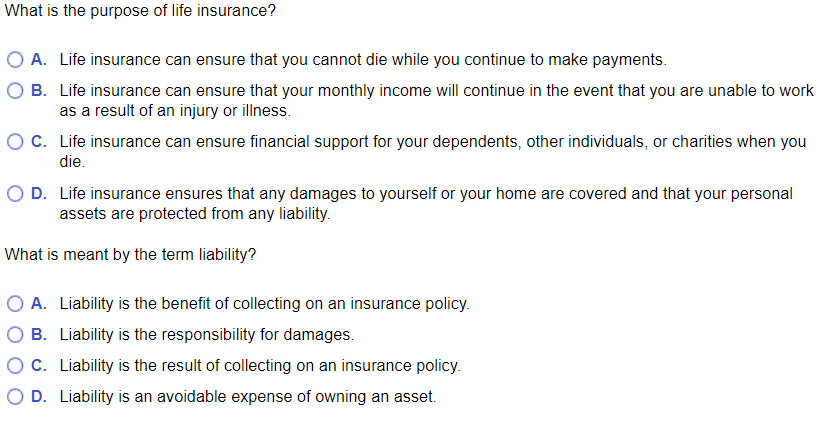The smart Trick of Pacific Prime That Nobody is Discussing
The smart Trick of Pacific Prime That Nobody is Discussing
Blog Article
Pacific Prime Things To Know Before You Get This
Table of ContentsExamine This Report on Pacific PrimeGetting The Pacific Prime To WorkThe 6-Minute Rule for Pacific PrimeSome Ideas on Pacific Prime You Should KnowGetting My Pacific Prime To Work

This is because the data were collected for a period of strong economic efficiency. Of the approximated 42 million people who were without insurance, just about about 420,000 (regarding 1 percent) were under 65 years old, the age at which most Americans become eligible for Medicare; 32 million were adults between ages 18 and 65, around 19 percent of all grownups in this age team; and 10 million were children under 18 years of age, regarding 13.9 percent of all kids (Mills, 2000).
These estimates of the number of persons without insurance are created from the yearly March Supplement to the Current Population Survey (CPS), carried out by the Demographics Bureau. Unless or else kept in mind, nationwide estimates of people without medical insurance and proportions of the populace with various kinds of coverage are based on the CPS, the most commonly utilized source of quotes of insurance coverage and uninsurance rates.
Not known Details About Pacific Prime

Still, the CPS is especially valuable because it produces yearly price quotes fairly rapidly, reporting the previous year's insurance protection estimates each September, and because it is the basis for a regular set of estimates for greater than twenty years, enabling evaluation of patterns in coverage with time. For these reasons, along with the considerable use of the CPS in other researches of insurance protection that are provided in this report, we count on CPS price quotes, with restrictions noted.

The price quote of the number of without insurance people increases when a population's insurance coverage condition is tracked for numerous years. Over a three-year period starting early in 1993, 72 million people, 29 percent of the united state populace, were without coverage for at the very least one month. Within a single year (1994 ), 53 million people experienced a minimum of a month without insurance coverage (Bennefield, 1998a)
6 out of every ten without insurance adults are themselves used. Functioning does enhance the chance that one and one's family members will certainly have insurance policy, it is not an assurance. Also participants of households with two full-time breadwinner have virtually a one-in-ten opportunity of being without insurance (9.1 percent uninsured rate) (Hoffman and Pohl, 2000).
Fascination About Pacific Prime
New immigrants make up a significant percentage of people without medical insurance. One evaluation has attributed a considerable portion of the current growth in the dimension of the U.S. uninsured populace to immigrants that arrived in the nation between 1994 and 1998 (Camarota and Edwards, 2000). Recent immigrants (those that concerned the USA within the past four years) do have a high rate of being without insurance (46 percent), yet they and their kids make up just 6 percent of those without insurance coverage across the country (Holahan et al., 2001).
The partnership in between medical insurance and access to care is well developed, as recorded later on in this phase. The partnership between health and wellness insurance and health end results is neither straight neither straightforward, an extensive clinical and wellness solutions study literary works links wellness insurance policy coverage to better accessibility to care, much better quality, and improved individual and population wellness condition.
Levels of evaluation for taking a look at the effects of uninsurance. This conversation of health and wellness insurance policy coverage focuses mostly on the U.S. populace under age 65 since practically all Americans 65 and older have Medicare or various other public protection. It focuses especially on those without any wellness insurance for any kind of length of time.
The Buzz on Pacific Prime
The issues encountered by the underinsured are in some aspects similar to those dealt with by the uninsured, although they are typically less severe. international travel insurance. Uninsurance and underinsurance, nonetheless, include definitely different policy concerns, and the approaches for resolving them may differ. Throughout this research Home Page and the 5 records to comply with, the main emphasis gets on persons with no wellness insurance policy and therefore no assistance in spending for health and wellness care past what is available through charity and safety and security web organizations
Medical insurance is a powerful factor influencing receipt of treatment since both clients and medical professionals reply to the out-of-pocket price of solutions - https://ameblo.jp/pacificpr1me/entry-12846866195.html. Medical insurance, nevertheless, is neither required nor sufficient to get to clinical solutions. Nevertheless, the independent and direct effect of wellness insurance coverage on accessibility to health and wellness services is well developed.
Others will certainly acquire the health treatment they require even without medical insurance, by paying for it expense or seeking it from carriers who offer treatment totally free or at very subsidized prices. For still others, medical insurance alone does not make sure receipt of treatment because of various other nonfinancial barriers, such as an absence of health and wellness treatment companies in their area, restricted accessibility to transportation, illiteracy, or etymological and social differences.
The Buzz on Pacific Prime
Official study about uninsured populations in the United States dates to the late 1920s and early 1930s when the Committee on the Cost of Medical Care produced a series of reports about funding physician office brows through and hospitalizations. This problem ended up being prominent as the numbers of medically indigent climbed throughout the Great Depression.
Report this page